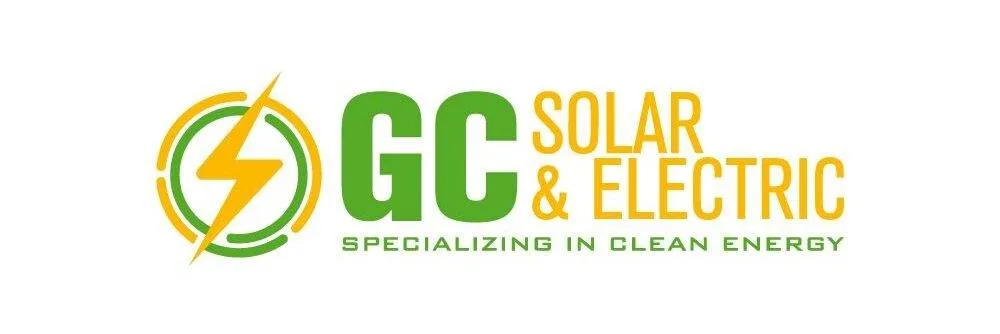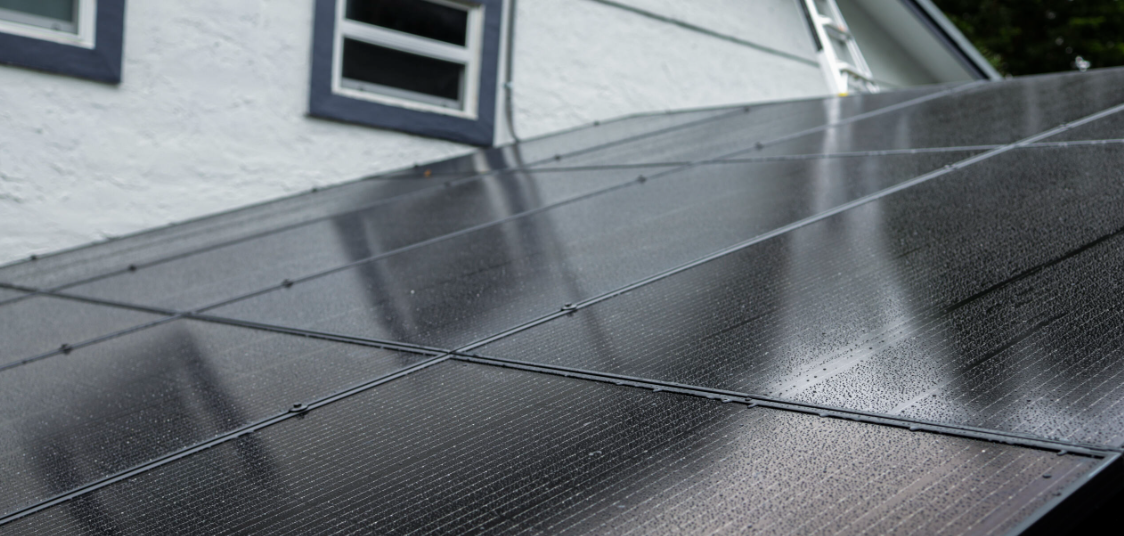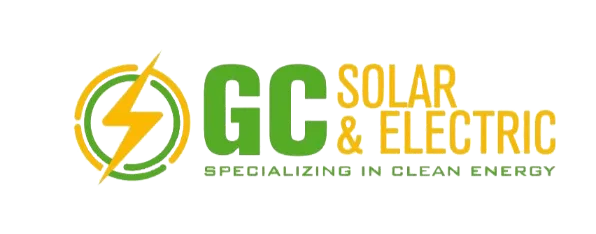Importance of Checking the Solar Inverter During a Panel Repair
When it comes to solar panel maintenance, many homeowners focus on the panels themselves, but one component that often gets overlooked is the solar inverter. The solar inverter plays a crucial role in converting the energy collected by your panels into usable electricity. Without a properly functioning inverter, your solar system simply cannot work efficiently. In this blog, we’ll discuss why checking the inverter during a solar panels repair near me is so important and why it should never be neglected.

What is a Solar Inverter?
A solar inverter is an essential component of any solar power system. It converts the DC (direct current) electricity generated by solar panels into AC (alternating current), which is the type of electricity used in your home. Inverters also monitor the system’s performance and help maintain safety by shutting down in case of any irregularities.
Why Is It Important to Check the Inverter During Solar Panels Repair Near Me?
During a solar panels repair near me, the inverter should always be inspected along with the panels. Here are some key reasons why:
Efficient Energy Conversion
If the inverter is malfunctioning, it could cause a decrease in the amount of energy being produced. A solar panel installer may need to perform a diagnostic check on your inverter to ensure it’s converting the energy properly. This is vital for ensuring your solar panel for home system is working at peak efficiency.
Preventing System Downtime
A faulty inverter can result in a complete system shutdown. This means that, even though your panels may still be functioning, they aren’t producing usable electricity. If you’re scheduling a solar service, it’s essential that a solar panel technician near me checks both the panels and the inverter to avoid unnecessary downtime.
Extending the Life of Your System
Regularly checking and maintaining your inverter helps to ensure that your entire solar system lasts as long as possible. Neglecting this component could lead to early failure of both your inverter and the panels. Solar panel miami systems, in particular, need to be well-maintained due to the extreme heat that can affect the efficiency of both the panels and inverters.
Diagnosing Electrical Issues
Electrical issues in a solar power system are often traced back to the inverter. During a solar panel repair, it’s important to check for electrical faults such as short circuits or faulty wiring. A solar panel technician near me can help you diagnose and fix these issues to prevent further damage to your system.
Upgrading Your System
If your inverter is outdated or incompatible with newer technology, you may want to consider upgrading it during your solar panels repair. This is a great time to consult with a solar panel installer about the best inverter options for your solar panel miami system.
Why Choose GC Solar & Electric?
GC Solar & Electric is your trusted partner for all solar service needs, including checking and repairing your inverter. Our team of professionals specializes in solar panel installation near me and solar panels repair near me. We ensure that your entire solar system, including the inverter, is functioning properly so that you can enjoy the full benefits of solar energy.
FAQ’s
Why should I check the inverter when repairing my solar panels?
The inverter converts energy and helps monitor your system’s performance. If it’s not working correctly, your entire system may fail to produce energy.
How can I tell if my inverter is malfunctioning?
If your system isn’t producing power, or if you notice error messages on your inverter, it could be malfunctioning. A solar panel technician near me can diagnose and repair the issue.
Can I upgrade my inverter during a repair?
Yes, upgrading your inverter is a good idea if it’s outdated or incompatible with newer solar technology. Ask your solar panel installer for advice on the best options for your system.
How often should I inspect my inverter?
You should have your inverter inspected during regular maintenance of your solar panels, typically once a year or after any signs of issues with your system.
Do I need a specialized technician to check my inverter?
Yes, it’s recommended to consult with a qualified solar panel technician near me to check the inverter, as they have the necessary expertise to diagnose and repair electrical issues.
Ensuring that your solar inverter is working properly is a key part of maintaining a fully functional solar system. If you suspect any issues with your inverter or need a solar panel repair, contact GC Solar & Electric for professional and reliable service.















